Reference Card Design:
We received a number of partner cards in the run up to the GeForce 8800 GTS 512 launch from Asus, BFGTech and Zotac – we’ll be looking at these all individually in due course.The first card to arrive was Zotac’s card, which arrived a few weeks ago – it’s the card we have used throughout our testing so that’s the one that we’ve used for our board examination.
In the run up to the launch, a few fairly trivial things changed between the time we received the card and when Nvidia finalised details of the launch – the biggest one being that Nvidia had originally decided not to let partners overclock the GeForce 8800 GTS 512. Several of Nvidia’s partners complained to us about this though, and it wasn’t long before Nvidia removed the curfew.
This was about seven or eight days ago and shortly afterwards, we received pre-overclocked cards from Asus and BFGTech. Sadly though, we’ve not had much time to look at how the pre-overclocked cards perform in relation to the standard GeForce 8800 GTS 512 sent to us by Zotac – but we will get around to it.
While we’re talking about pre-overclocked cards, Zotac has told us that it is also in the process of testing its own factory overclocked GeForce 8800 GTS 512 AMP! Edition, which should be released at some point in the near future. We’ll have more details on that closer to the time that Zotac finalises the clock speeds and launch schedule. For now though, let’s get onto the card...
The GeForce 8800 GTS 512’s PCB is very similar to the one Nvidia used for the GeForce 8800 GT reference design – it’s exactly the same length and the overall layout is the same, but it’s worth pointing out that it’s not exactly the same. With increased clock speeds come increased power requirements and as a result, there are some additional components soldered to the board at the business end of the PCB.
Like the GeForce 8800 GT, there is just one 6-pin PCI-Express connector on the GeForce 8800 GTS 512’s PCB and, based on our testing, the card only draws 75W through the PCI-Express interconnect in order to maintain backwards compatibility with older PCI-Express 1.1 motherboards. This means that the card draws less than 150W of power, but Nvidia has chosen not to disclose the card’s TDP to us just yet.
Although the PCB isn’t massively different from what we’ve seen before, the cooling solution is something that's quite different to anything we’ve seen before. Nvidia decided to rethink its cooling design with the GeForce 8800 GTS 512 and it looks to have taken on board some of the suggestions made by the enthusiast community during its recent launches.
Let's have a look at some of these over the page...

MSI MPG Velox 100R Chassis Review
October 14 2021 | 15:04


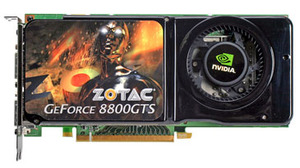
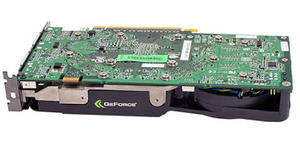
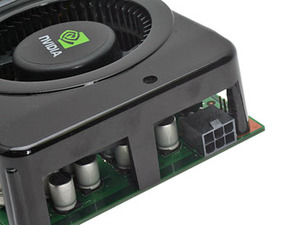
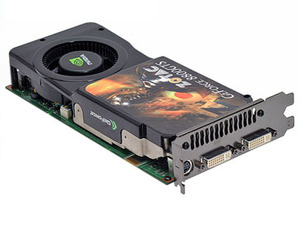
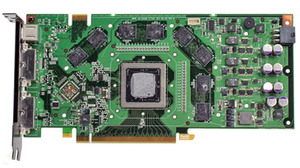
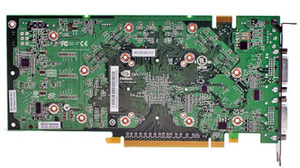







Want to comment? Please log in.